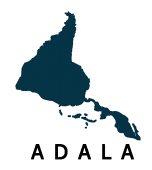Forages and diets of animals reared in stalls during the Pharaonic era
DOI:
https://doi.org/10.35305/cl.vi19.43Keywords:
fodder, animal husbandry, agriculture, meadows, legumes, cereals, cereal by-products, stablesAbstract
The importance of animal husbandry during the Egyptian Bronze Age (ca. 2750-1070 BC), and especially of stable farming for valuable animals such as cattle and horses, requires the production of large stocks of fodder. It is therefore necessary to examine the methods of acquisition and the different types of fodder used by the Egyptians during Antiquity, in order to meet the different needs. Indeed, the constitution of fodder reserves may require the mobilisation of large agrarian plots, but also require a specific organisation of plant predation in the environment. Nevertheless, not all plants that can be used as fodder have the same nutritional qualities or are suitable for all species of animals. Quality fodder comes essentially from crops that require a lot of effort and investment (land, techniques and labour). On the contrary, the recovery of straw and cereal by-products requires little or no additional work, and maximises production costs.
Downloads
Downloads
Published
How to Cite
Issue
Section
License

This work is licensed under a Creative Commons Attribution-NoDerivatives 4.0 International License.

















 Centro de Estudios sobre Diversidad Cultural
Centro de Estudios sobre Diversidad Cultural

